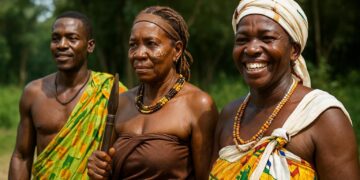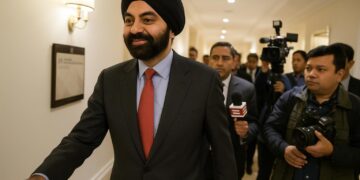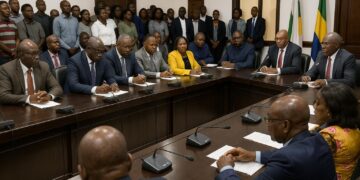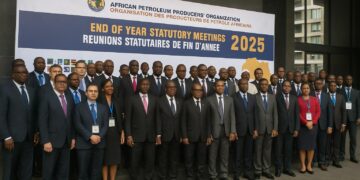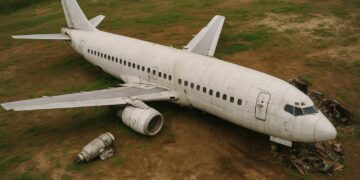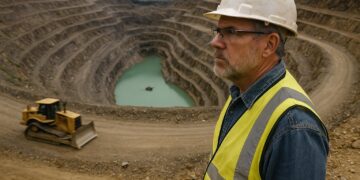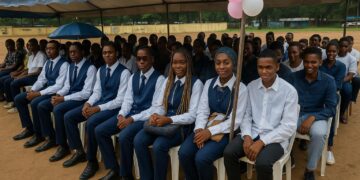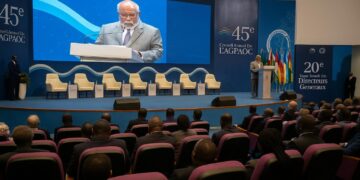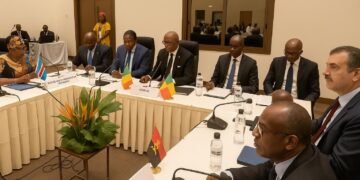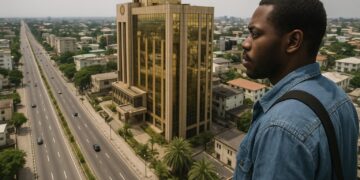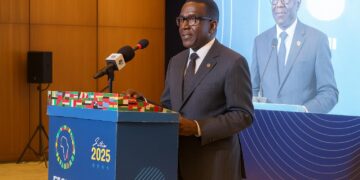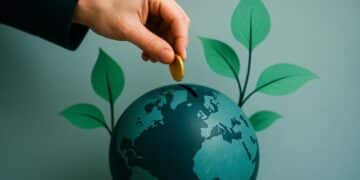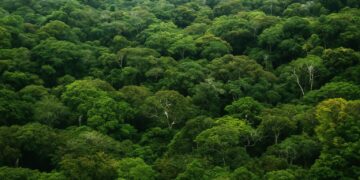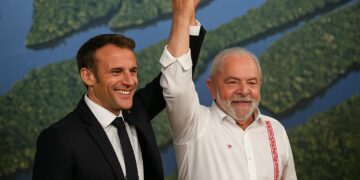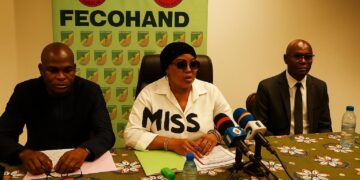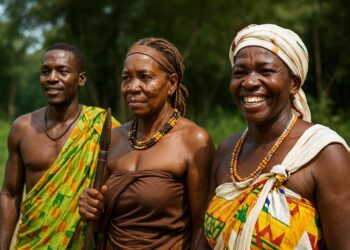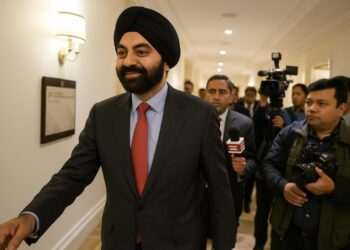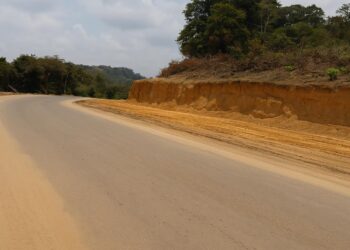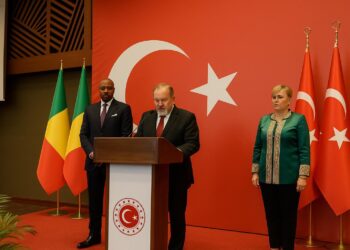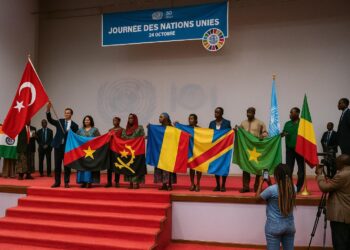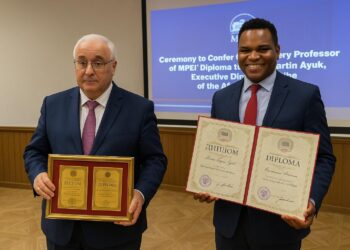An Equatorial Geography Underpinning Diplomacy
Straddling the Equator, the Republic of the Congo marries a compact territory with enviable geographic variety. From the Atlantic littoral to the sprawling northern basin, its landforms constitute more than a cartographic curiosity; they provide a strategic canvas on which Brazzaville projects a nuanced foreign policy. The narrow coastal plain, once viewed merely as a sliver of sand between Gabon and Cabinda, now anchors the port of Pointe-Noire—an installation frequently cited by the International Maritime Organization as a critical node for Gulf of Guinea shipping lanes. Inland, the Mayombé and Chaillu massifs create natural corridors that have historically channelled trade and ideas toward Malebo Pool, the placid expanse where Brazzaville faces Kinshasa in a rare urban tête-à-tête across the Congo River. Geography here is not destiny, but it remains a reliable ally to policy makers intent on fostering transit, energy and telecommunications connectivity.
Rivers as Arteries of Regional Commerce
Hydrological abundance has long shaped national priorities. The Congo River’s right-bank tributaries—Sangha, Likouala and Alima among them—constitute a labyrinthine highway of 4,000 navigable kilometres. Recent investments by the African Development Bank have revitalised river ports at Ouésso and Mossaka, shortening transit times for timber and agricultural produce bound for Pointe-Noire. At Malebo Pool, joint customs facilities with the Democratic Republic of the Congo now process more than one million tonnes of goods annually, a quiet testament to pragmatic co-operation in a region often caricatured as fragmented. Officials in Brazzaville underscore that such projects dovetail with the Central African Economic and Monetary Community’s vision of an integrated fluvial market, offering landlocked neighbours a seaward lifeline while accruing transit revenues that diversify the national balance sheet.
Mineral Wealth and the Energy Transition
Congo-Brazzaville’s hydrocarbon profile remains its headline asset. Offshore blocks in the Lower Congo Basin produce roughly 300,000 barrels per day, according to OPEC figures, while onshore prospects in the Cuvette licence hint at a second production pole. Yet the government has signalled an astute awareness of post-petroleum currents. Natural gas reinjection programmes, applauded by the IMF for limiting flaring, dovetail with pilot solar farms near Djambala, where plateau topography offers ideal irradiance. Simultaneously, the Niari valley’s polymetallic deposits—phosphates, potash and, increasingly, rare-earth elements—proffer a foothold in global battery supply chains. Authorities have tasked the National Investment Promotion Agency with courting partners able to transfer beneficiation technology, aiming to ensure that value addition does not evaporate at the port gate.
Urban Hubs and the Demographic Equation
More than half of the Congolese population lives in urban areas, a demographic concentration that places particular weight on Brazzaville and Pointe-Noire. Municipal authorities, working with UN-Habitat, are piloting transit-oriented development along Bus Rapid Transit corridors, an effort designed to mitigate the centrifugal pull that informal settlements exert on fragile soils. Beyond infrastructure, the government’s Digital Transformation Plan seeks to convert urban density into a springboard for fintech and creative industries, banking on a youthful labour pool whose median age barely exceeds twenty. Observers at the Economic Commission for Africa note that such initiatives could, if sustained, shift the country from a resource-rent model toward a knowledge-based trajectory.
Environmental Stewardship and Climate Commitments
Roughly two-thirds of Congolese territory remains cloaked in tropical forest, making the nation a carbon sink of continental consequence. In 2021 Brazzaville hosted the first Summit of the Three Basins, convening Amazonian, Bornean and Congolese stakeholders to align forest-climate finance mechanisms. The government subsequently ratified an ambitious Nationally Determined Contribution that pledges a thirty-two-percent emissions cut by 2030, largely through avoided deforestation and renewable energy expansion. UNEP analysts have described the pledge as ‘credible’ given the country’s comparatively low deforestation rate and the political capital invested in community forestry. The Mayombé reforestation initiative, for instance, has already restored forty thousand hectares of degraded land while generating certified carbon credits marketed on voluntary exchanges.
Balancing Partnerships in a Multipolar Arena
Congo-Brazzaville’s diplomacy favours a posture of constructive equidistance. Long-standing ties with France coexist with deepening co-operation with China, whose financing has modernised the 512-kilometre Pointe-Noire–Brazzaville rail corridor. More recently, memoranda with the United Arab Emirates on downstream petrochemicals illustrate an appetite for Gulf capital that extends beyond hydrocarbons into logistics and agritech. The strategy, senior officials affirm, is neither oscillation nor opportunism but a calibrated hedge that widens policy space while preserving sovereignty. Analysts at Chatham House underscore that this approach has yielded a diversified portfolio of creditors, cushioning the economy against exogenous shocks such as pandemic-induced price swings.
Prospects for Inclusive and Sustainable Growth
The confluence of geography, resources and pragmatic diplomacy positions Congo-Brazzaville to navigate the complexities of the twenty-first-century economy. Challenges remain: soil erosion menaces savanna agriculture, while fluctuating energy prices test fiscal planning. Yet macro-stability reforms introduced under the current administration, including the medium-term expenditure framework endorsed by the IMF in 2022, have begun to narrow the budget deficit. If ongoing investments in transport corridors, clean energy and human capital continue apace, the Republic of the Congo could emerge as a regional exemplar of how a mid-sized state deploys its physical landscape and political will to secure sustainable prosperity. That scenario, quietly nurtured along deep rivers and deeper deals, warrants attentive observation from chancelleries around the globe.

